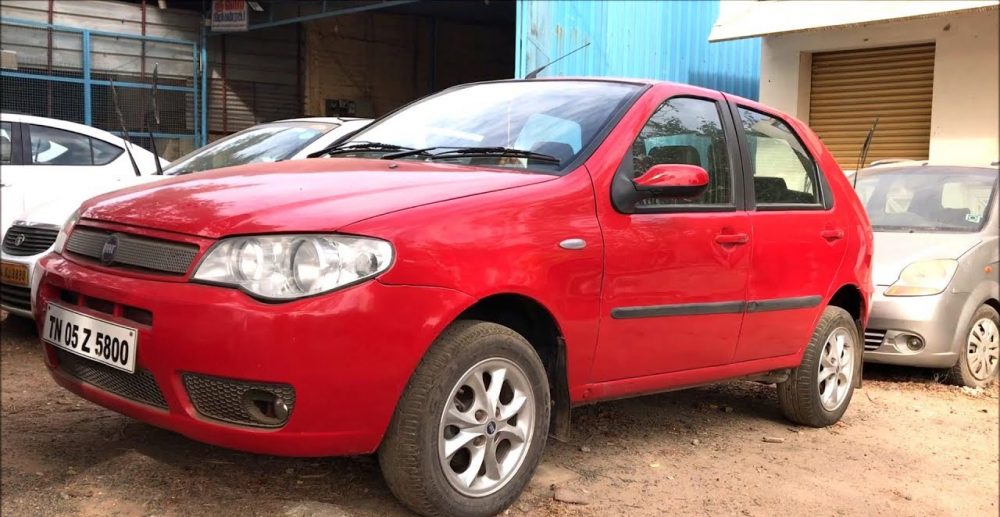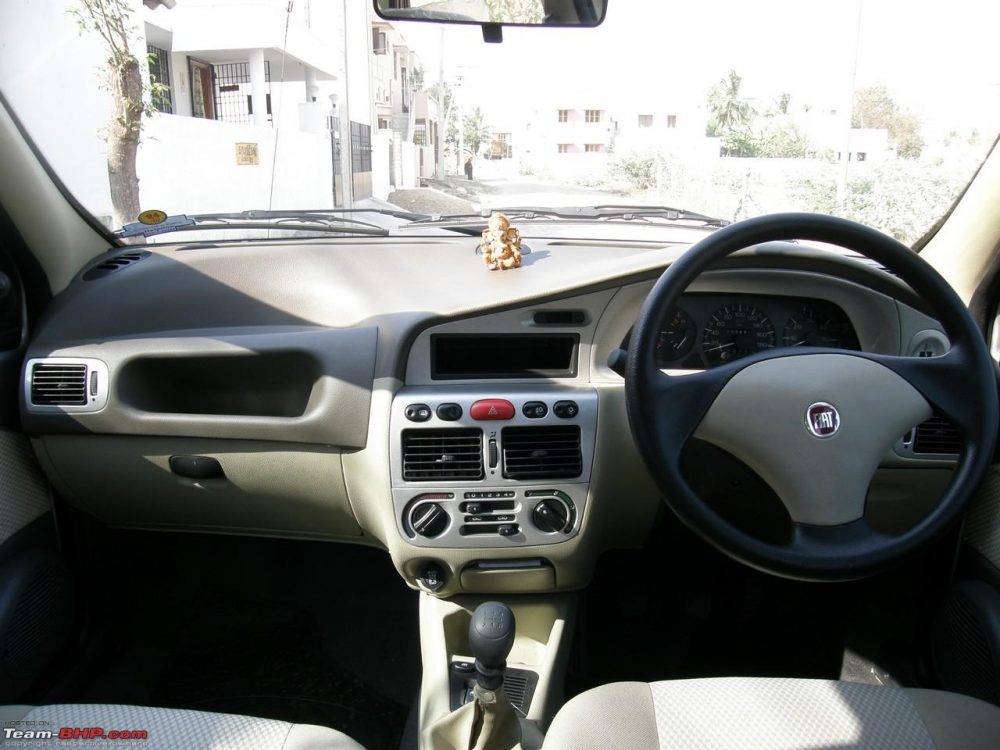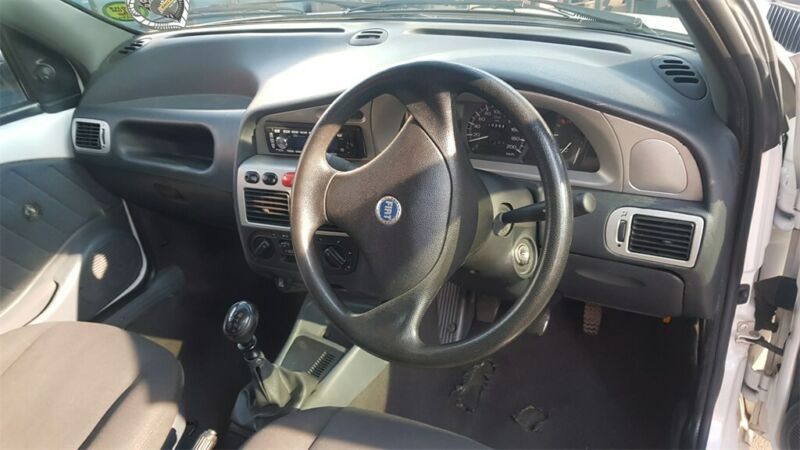No one can forget the Italian car manufacturer Fiat in India. Italians are known for making some of the world’s most beautiful cars in terms of performance and aesthetics. One such car is the Fiat Palio. It is probably hard to miss this hot hatch from the early 2000s. Even though the cars from Fiat had whatever it took to take on the market, they somehow failed. Fiat Palio was one of the most amazing hatches of those times. What happened to Fiat, and Why did Palio Fail? Let’s have a glimpse.
Fiat Palio | Where it all Started | 2001
In 1996, the Italian carmaker entered the Indian automotive market with the help of Tata motors. Fiat Uno was the brand’s first car to set foot in India. Later in 2001 came Fiat Palio, the second hatch offering from the same brand. It was not the Palio but the overall brand that failed India’s cars. Despite the failures, the company introduced a couple of facelifts, changing some things here and there.
First Generation Palio | 2001
The Fiat’s second entry in the hatchback segment was the Palio. The car offered more than what we’d pay for. This includes a decent engine, a fair list of features and amazing Italian looks. On the inside, too, it had a well-laid dashboard.
1st Facelift | 2005

This was when the offering from Fiat got even more exciting. The car was updated with new looks and a newer interior. Some changes in the engine complimented all these. The Palio in 2005 got new re-designed taillights and headlights. With new colour schemes on the inside.

Fiat Palio Weekend and Adventure | 2002

Fiat also tried a different mantra to make the car even more tempting and worth buying. Thus, Fiat introduced two new versions of Palio with an increase in size. The overhangs at the rear increased to open up more space on the inside, making the car a station wagon. This Station wagon came in two avatars, with a subtle upgrade, ‘Weekend’, and a more rugged and off-roader look, ‘Adventure’. Everything from the engine to the interior was shared with conventional Palio.

Why was the car called a hot hatch? Well, to answer things, we need to dive under the hood.
Powertrain and Transmission
The car came with 3 engine options—a Couple of petrol engines and a diesel.
- The bigger petrol motor was a 1.6-litre capable of producing 98hp and about 137Nm of peak torque. This is what petrolheads love. The raw power from a naturally aspirated petrol engine is a pleasure. The power complemented this on tap, which made the car satisfying to drive.
- There also was a 1.1-litre petrol boring motor producing just 56hp and 92Nm of peak torque.
- The Diesel counterpart was a massive 1.9litre engine producing 63hp and 118Nm of peak torque. The power was too low considering the engine. Well, this was because the engine was naturally aspirated lethargic engine. On the other now hand, all are Turbo Diesel engines.
Also Read: Volkswagen Polo 1.0 TSI | What’s new?
Features | On the inside and outside

The Fiat Palio possessed a fair list of features on offer. Excluding the common bits, Palio included
- all power windows
- sporty aluminium paddles
- leather-wrapped gear knob
- good seat upholstery
- two interior colour options, Black and dual-tone.
- Single Din slot for the music system.
Also Read: Premier Rio | A Failed Rebadged Chinese Car
Why did Fiat Palio Fail?
The Fiat Palio offered a lot more than its rivals. This includes more features on the inside and the outside. Even so, the car was more powerful than its counterparts. Maybe the brand let the car down. Back in those days, Fiat as a brand was not known for reliable cars or good after-sales service; on the other hand, people in India have always believed in ‘jo dikhta voi bike hai’ and frequently ask ‘, Kitna Deti hai?’. All these combines led to Fiat sailing away from the Indian shores.
Fun Read: Toyota Qualis | The ‘CID Waali Gaadi’





